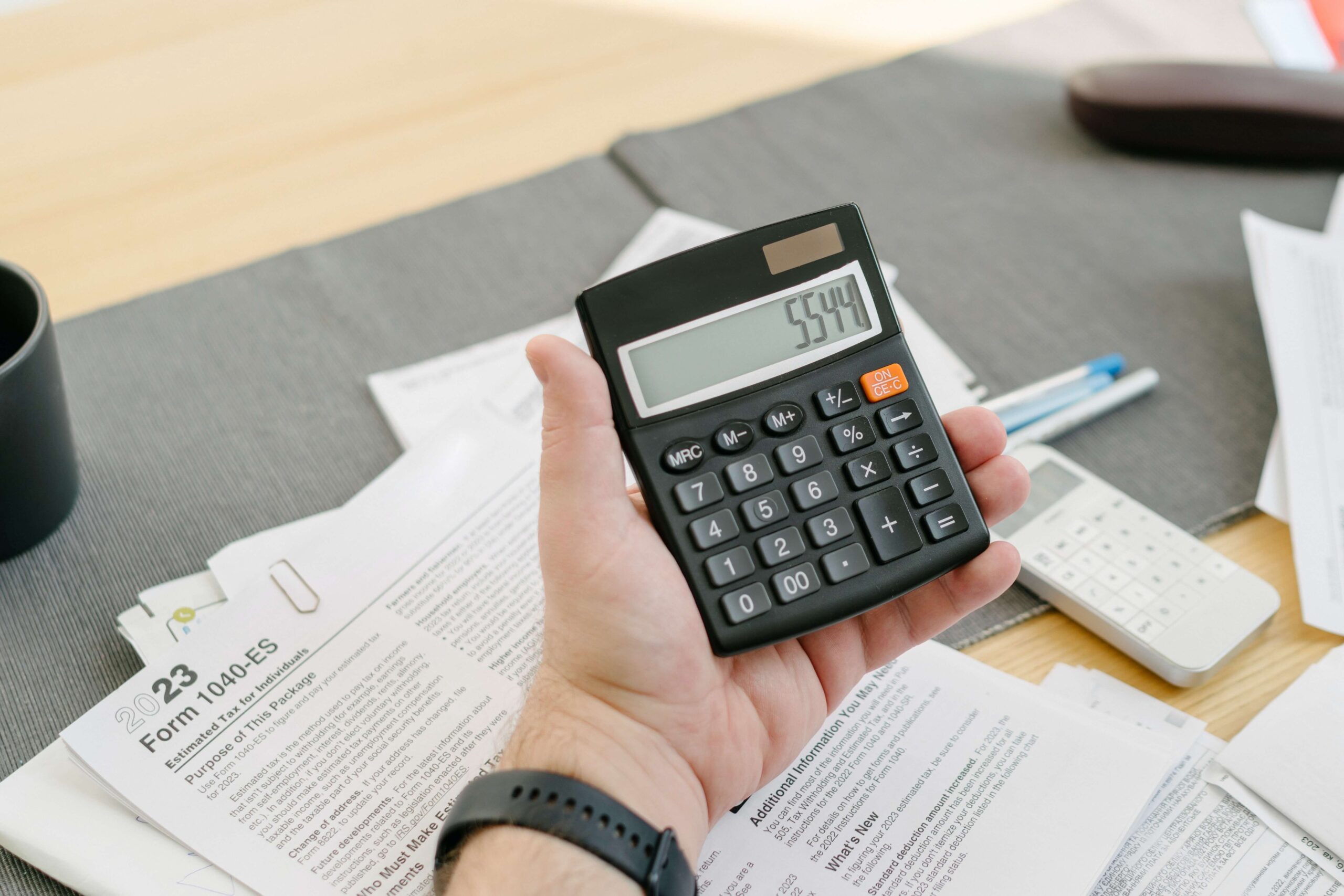If you received a healthy tax refund last year, you might assume you’re getting one again this time around. But a lot can happen from one year to the next, and any changes to your living situation can influence your taxes.
Last year, Canada Revenue Agency (CRA) cut the average Canadian a cheque for roughly $2,000. That kind of money can solve a lot of financial issues. You can sink it into debt or finally get a mechanic to check out that weird noise your car makes when you brake.
While it may seem harmless to pre-spend your refund in your head, it can cause heartache if, come tax time, you have no refund to spend. Worse yet, it can leave you in a tight financial spot if you pre-emptively take your car to the shop.

Why is Your Tax Refund Smaller This Year?
Typically, you only get a tax refund when you overpay your income tax for the year. This couldhappen if your employer skimmed too much off the top of your paycheque.
You may also receive a refund if you qualify for enough deductions and tax credits for that tax year. While deductions essentially lower your taxable income, credits reduce your tax payable. Either way, they can help you earn a healthy refund for the year.
You may lose out on that refund if you fail to capitalize on tax credits or no longer qualify for deductions after a change in your living situation.
How to Handle a Smaller Tax Refund?
Getting less than you expect can be disappointing at best and stressful at worst. If you gave your imaginary refund a job, here’s what to do.
1. Postpone Splurges
Your refund fantasies may have involved sipping pin a coladas on a far-away beach, or they may be more practical purchases or repairs. Without this extra money in your hands, these splurges may not be realistic — even if you’ve been waiting to repair your car for a long time now.
If it’s safe to do so, put these expenses on hold.
2. Use a Line of Credit
Some repairs don’t respect your budget. They need to be taken care of as soon as possible, regardless of how much cash you have.
Plenty of people put unavoidable and unexpected repairs on a line of credit. These revolving accounts help when you can’t put off an emergency expense or repair.
If you don’t already have a line of credit, check out a website like Fora Credit for more information. It offers insightful resources on how a line of credit should be used in an emergency. You can also apply for a line of credit online, using your PC or phone.
3. Negotiate
A line of credit can come in handy in unexpected emergencies, but they aren’t meant to be a safety net when you can’t handle your regular bills. Putting the essentials on a line of credit isn’t sustainable, and it can put you into a lot of debt.
Instead of using an online line of credit, talk to your utility provider about your financial situation. Ask about what they can do to help you make a payment. There’s a good chance they’ll be willing to work something out if the alternative is no payment at all. You might be able to negotiate a payment plan that lets you pay off what you owe in installments.
The Takeaway:
Pre-spending your tax refund is never a good idea, so only budget on money you have in your hands.
Next year, find out how to maximize your tax return, so you aren’t in the same position.

